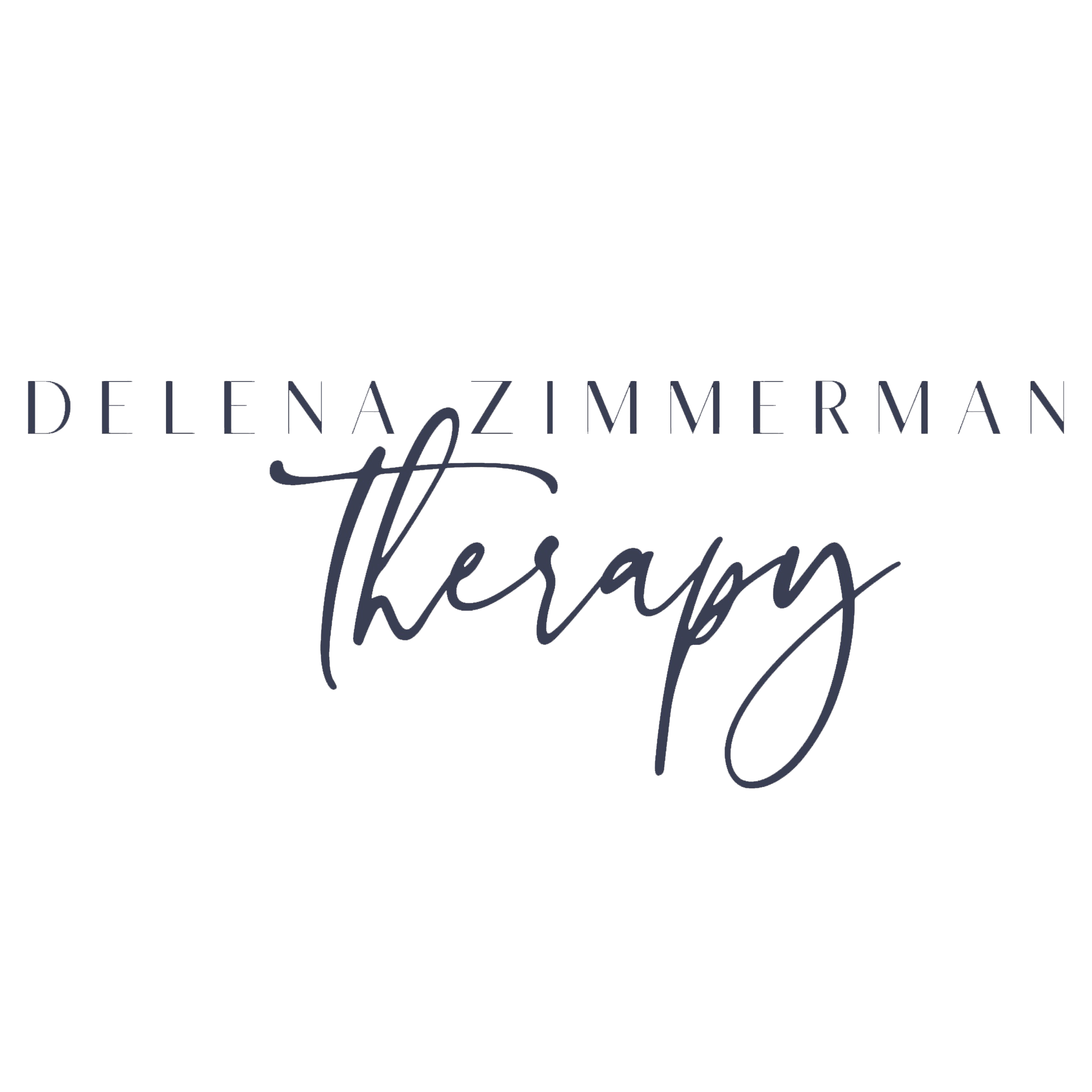Trauma and EMDR Therapy
Traumatic events can have significant impact on your life. The good news is that with the right tools you can minimize trauma’s ongoing effects on your daily life. I can give you the tools to heal from traumatic events and grow stronger. Utilizing EMDR therapy and trauma informed talk therapy, you can learn to move from the pain to the purpose of your life.
What is EMDR Therapy?
When you get angry or feel sad because someone hurt your feelings, your brain helps you work through it. But when you experience trauma your brain may not be able to process it.
In some cases, you freeze that moment in time and replay it when images, sounds, smells, feelings, or certain dates or seasons trigger it. The trauma changes you and the way you see the world.
EMDR (eye movement desensitization and reprocessing) is a therapy that helps your brain process thoughts and feelings like it did before the trauma. You don’t forget what happened, but you don’t relive it over and over. You still have feelings about it, but they’re not as intense. Here’s info about how the therapy works, what it feels like, and how it might help you or someone close to you deal with the after effects of trauma.
How does EMDR Therapy work?
In this type of therapy, you focus momentarily on the traumatic memory. At the same time, I direct you to move your eyes in various directions. This can help weaken the emotions you usually feel in response to the memory.
I then help you to pinpoint a negative image from the traumatic memory along with a belief or feeling you have related to your trauma. You don’t have to go into detail. Then you choose a positive belief you’d like to feel about your trauma — something you’d feel if the pain was behind you.
While you focus on the traumatic event, I guide you through sets of side-to-side eye movements. You may follow my hand with your eyes or watch a light move from one side of a board to the other. Depending on our approach, it might involve sounds or taps instead of lights. You repeat this process until the event feels less traumatic.
The combination of focus on the memory and eye movements or sounds lets you process the memory safely. It also changes the way your brain stores the memory.
If you have yet to get results from your trauma experience, and would like to schedule an individual therapy appointment to determine if you are a candidate for research based EMDR therapy, click on my ‘services’ page.



